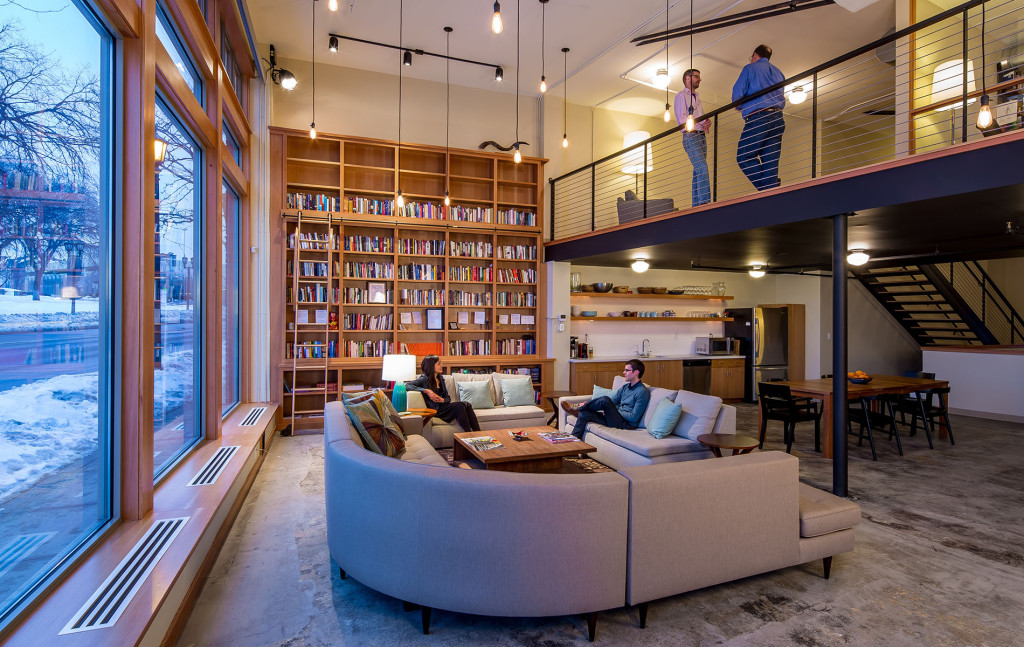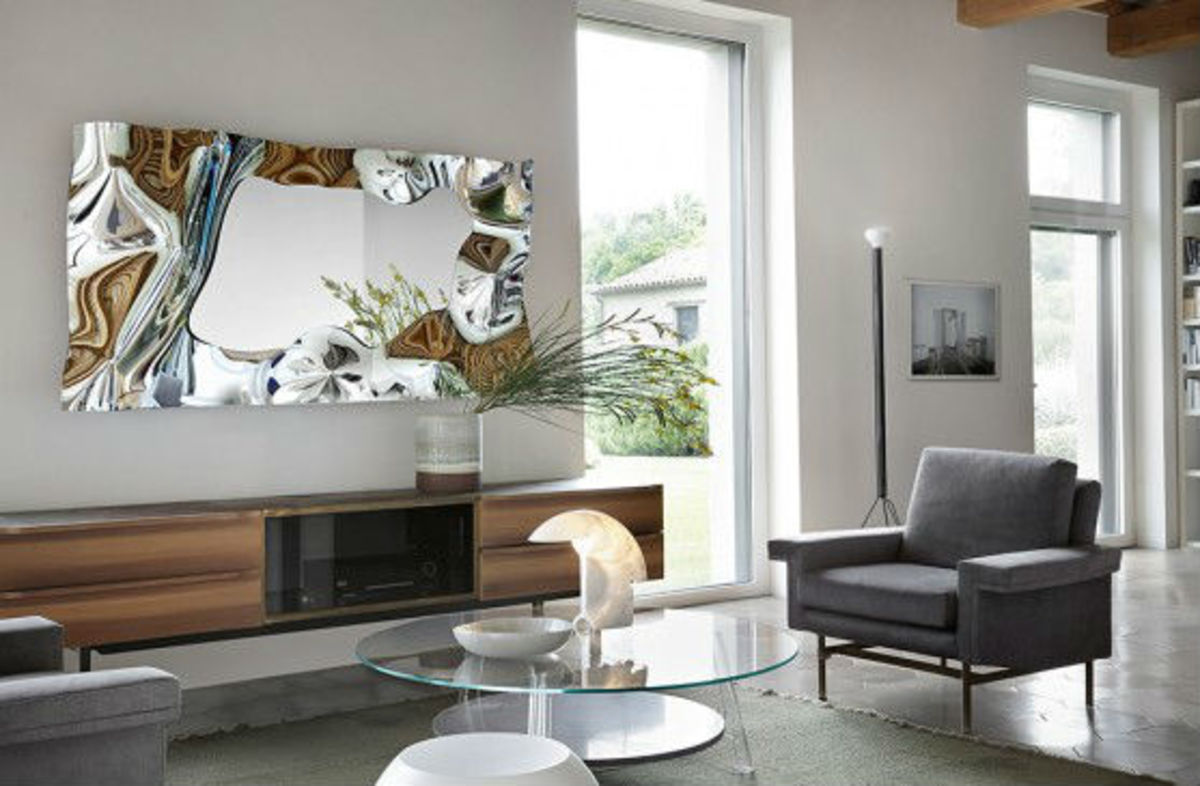Table Of Content

Originally a freelance advertising illustrator in London, David Hicks decorating career took off after a magazine covered the game-changing makeover he did on his parent’s home. Taking inspiration from ancient Greek and Roman cultures for architectural details and motifs, this era saw furnishings rely heavily on the use of bronze and gold metals, and soft furnishings featuring silk, velvet, and satin. An austere age when royals weren’t able to evoke their wealth simply through their homes. The Romans decorated their homes with murals and mosaics, and furnishings featured clawed feet.

A brief history of interior design
All design activities are basically similar, even though the training and education in the different design fields varies in emphasis. A talented and well-trained designer can easily move from one specialized area to another with little difficulty. The interior design of buildings and homes is increasingly reflecting a need for sustainable living as it mirrors sustainable consumer trends and behaviour in the face of a changing climate. An interior designer can design for energy efficiency, bringing in elements such as carpets and drapes for room insulation and heat retention, and using paint colours and reflective surfaces which reflect light to save on artificial lighting. An interior designer will also have knowledge of which materials, such as organic and renewable materials, create the lowest environmental impact, and which labels, standards, and certifications on those materials ensure they come from legitimate sources.
Macramé Tutorial: Create Your Step-by-Step Necklace
Her most notable projects include the homes of Condé Nast, the Fricks, and the Hewitts. Her anti-Victorian stance and brighter, airier, and less complicated and more minimally minded, refined rooms remains popular to this day. This movement highlights the virtues of beautiful designed, practical objects that are both easily affordable and accessible, which is why the movement remains popular to this day. In order to highlight their opposition to mass-produced ordinary items due to the innovations of the Industrial Revolution, people turned to traditional crafts and classic elements to produce furnishings. With ‘art for art’s sake’ in mind, the Aesthetic Movement was a way for radicals to express their dislike of current, tired interior design. The key here was in practicality and function taking importance before beauty.
Thoughtful lighting choices make rooms pop
Stronger Together: How the A&D Community is Helping Others - Interior Design - Interior Design
Stronger Together: How the A&D Community is Helping Others - Interior Design.
Posted: Fri, 01 May 2020 07:00:00 GMT [source]
Modern design hails from German “Bauhaus” and Scandinavian interiors, which promote functionality and experiments with form. Floor-to-ceiling windows, open-plan living areas, and stark, simply-shaped furniture are typical of this design style. When it comes to interior design styles, contemporary interior design may be the most future-thinking. Defined by clean lines, decorated minimalism, and current trends, contemporary interiors are distinctly of-the-moment—even when the moment changes. Found throughout homes, offices, and retail settings, below AD dives into just what makes this versatile style and how you can bring it into your space.
Light
Usually, the size of the space itself will determine what fits into it and what looks good; for example, high ceilings and large floor spaces work well with larger pieces of furniture and heavier decoration. Small spaces require more delicate pieces and lighter pieces of furniture. Proportion looks at how these elements all work together while taking into account colours, textures, and patterns, too. In interior design, rhythm refers to decorative repetition throughout a living or work space, such as similar finishes or styles of furniture. These elements should be both eye-catching and consistent throughout the interior, with decorative pieces in one room mirrored in other rooms. As we have seen, interior design is about much more than just making a room look nice.
Defining elements and characteristics of minimalist interior design
We hope you have got enough information about various topics of interior design. We looked at the different components and areas of interior design in detail. Also, visit our other blogs to know briefly about interior design topics. Using opposite colour, designs, and textures to create an attractive design. Using dark and light colours with each other to make a chessboard design is an example of contrast. Working in a well-facilitated area with amenities can maximize the output.
Implementing effective waste management systems during construction or renovation projects can ensure proper disposal and recycling of materials, minimizing the project’s environmental impact. Energy efficiency is another crucial consideration in sustainable interior design. By incorporating energy-efficient lighting systems, appliances, and HVAC (heating, ventilation, and air conditioning) solutions, designers can significantly reduce energy consumption in space. Using natural lighting through well-placed windows, skylights, and light wells can also minimize the need for artificial lighting during the day. Additionally, incorporating smart home technology and energy management systems can optimize energy usage and reduce wastage.
What’s the difference between an interior designer and an interior decorator?
Elements such as door or cupboard handles, and accessories in the kitchen, bathroom, or conservatory can be used to complement, enhance, or lift up the decor of the entire space. Unity refers to the idea of unifying all of the objects with the room, rather than alienating them. In this ultimate guide to interior design, we’ll be running through everything you need to know about this creative and exciting field, rounding off with the concrete steps to take if you’re interested in launching an interior design career.

Decoration is the furnishing or adorning of a space with decorative elements, sometimes complemented by advice and practical assistance. Contrary to popular belief, minimalist interior design is not about living with as little as conceivably possible. “Minimalism is definitely a very global concept that spans from every different cultural aspect in the world,” says Niya Bascom, creative director at Ishka Designs, a full-service interior design firm based in Brooklyn. Though often imagined as an uncluttered room with a monochromatic color palette and a few pieces of furniture, minimalism encompasses much more than just a finished aesthetic, especially when you consider how different cultures honor the ethos in their spaces. In this guide from AD, learn everything you need to know about a minimalist interior design style, including its history, elements, and how to bring it into your home. It may seem a bit elementary, but let’s start with the basics of interior design services.
For some minimalist design inspiration, consider the following projects from Ishka Designs. This dining room by Contreras makes use of traditional furniture elevated with modern decor and touches. To gather some design ideas, consider these projects from Ghia and Contreras. Her designs were romantic, warm, and elegant for clients such as Brooke Astor, yet she was known for her caustic, intimidating figure and unforgiving assessments of her client’s spaces.
Hidden Meaning Behind Interior Design Moments in 'the Queen's Gambit' - Business Insider
Hidden Meaning Behind Interior Design Moments in 'the Queen's Gambit'.
Posted: Mon, 21 Dec 2020 08:00:00 GMT [source]
A cousin of Sister parish, Draper was the first documented commercial interior decorator, having established the first official interior design firm, Architectural Clearing House, in 1923. As you can see, the world of interior design has come a remarkable way since the Ancient Egyptians as designers today have unlimited access to an endless amount of design movements, furniture styles, and influences from the past. But it’s really the seven interior designers we’re focusing on here that truly changed the way we approach interior design for the better. Throughout the 15th and 16th centuries, the French Renaissance started a renewed focus on art and creativity in interior design. Architects of the time began creating homes with substantial decorative notes including marble floors, ornate inlaid woodwork, paintings, and furniture made with the finest materials.
If you’re thinking about how to become an interior designer, there are many different ways to do it—and pursuing an interior design career doesn’t have to happen through a traditional inroad. Many interior designers begin their professions in completely different jobs before settling on the creative path. No matter what, though, there are certain foundational steps that make an expert’s work well informed. One of the newer areas is “space planning”—i.e., the analysis of space needs, allocation of space, and the interrelation of functions within business firms.
Interior designers work both with individuals on the designs of their homes and living spaces, and with business clients from a range of industries on their work areas and the spaces within which they receive clients, patients, students, and customers. Let’s take a look at how the work of residential and commercial interior designers differs. Interior design is not only about creating functional and aesthetically pleasing spaces but also a powerful tool for self-expression and storytelling. Interior designers can convey a person’s unique personality, interests, and experiences within their living environment through carefully curated design elements, color schemes, furniture, and accessories. At its core, interior design is about creating functional, comfortable, and inspiring spaces that cater to the needs and desires of individuals.
Though the style often does manifest as uncluttered and white-walled rooms with a few focal pieces of furniture, it’s important to understand that it doesn’t have to. “You can still incorporate your identity or your heritage within this aesthetic,” Clarke says. Even though it may not look like a minimalist space in the traditional sense, the room can still follow many core principles of the movement—peaceful, purposeful, uncluttered—and remain true to you. “We approach minimalism as a desire to be mindful,” Clarke adds, which can be achieved in many different ways. This movement features an intoxicating blend of early 20th century design styles including Constructivism, Cubism, Modernism, Bauhaus, Art Nouveau, and Futurism.
Although interior design seeks to address the same concerns, it approaches them alongside seeking to understand the needs of individuals who live or work there. It does this by incorporating key principles and following a systematic methodology that prioritizes functionality, accessibility, safety, well-being, and aesthetic considerations. Every design by an interior designer should accurately mirror and address the specific needs of the client. Roman and Greek civilizations advanced the Egyptian art of interior designing and accessorizing by celebrating civic pride through their invention of domed-roof public buildings. For their homes, elaborate Greek wooden furniture featured intricate ivory and silver decoration while the Romans concentrated on marrying beauty and comfort, with both civilizations home interiors designed to reflect wealth and social and political status. Roman furniture was often made of stone, marble, wood, or bronze, and was made comfortable via cushions and expressive tapestries.
Hosted by Jennifer Bertrand, The Antonio Treatment hosted by Antonio Ballatore, and finally Secrets from a Stylist hosted by Emily Henderson. Bravo also has a variety of shows that explore the lives of interior designers. These include Flipping Out, which explores the life of Jeff Lewis and his team of designers; Million Dollar Decorators explores the lives of interior designers Nathan Turner, Jeffrey Alan Marks, Mary McDonald, Kathryn Ireland, and Martyn Lawrence Bullard. One of the key ways interior design improves the quality of life is by creating functional and efficient spaces that cater to individuals’ specific needs and lifestyles. Interior designers can optimize functionality and ease of use by carefully considering a space’s layout, furniture arrangement, and flow.

No comments:
Post a Comment